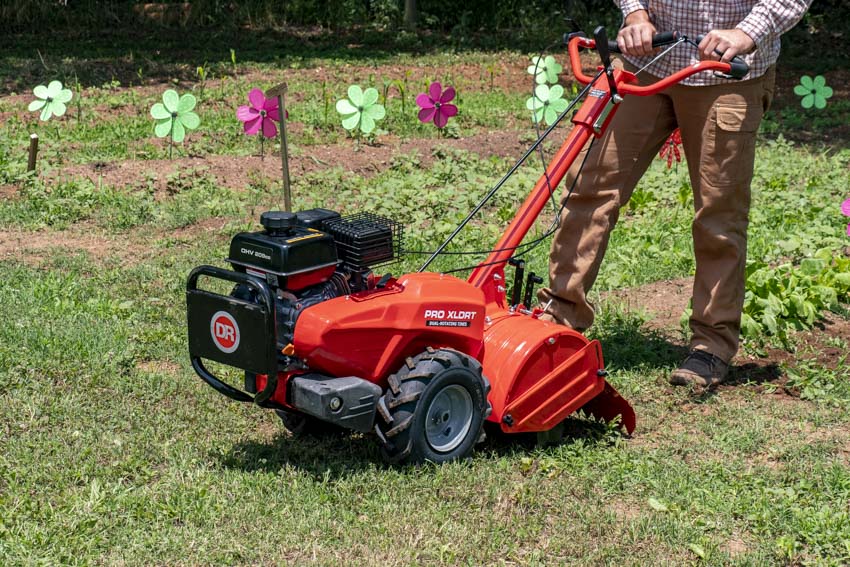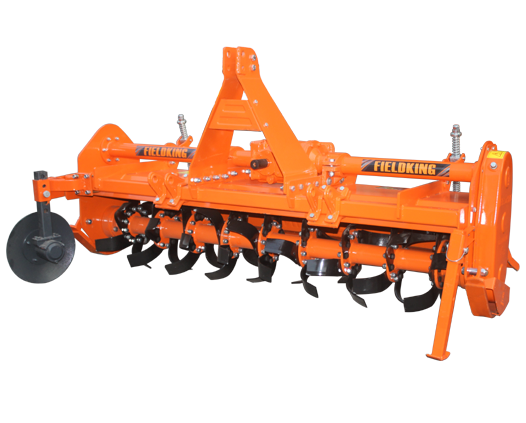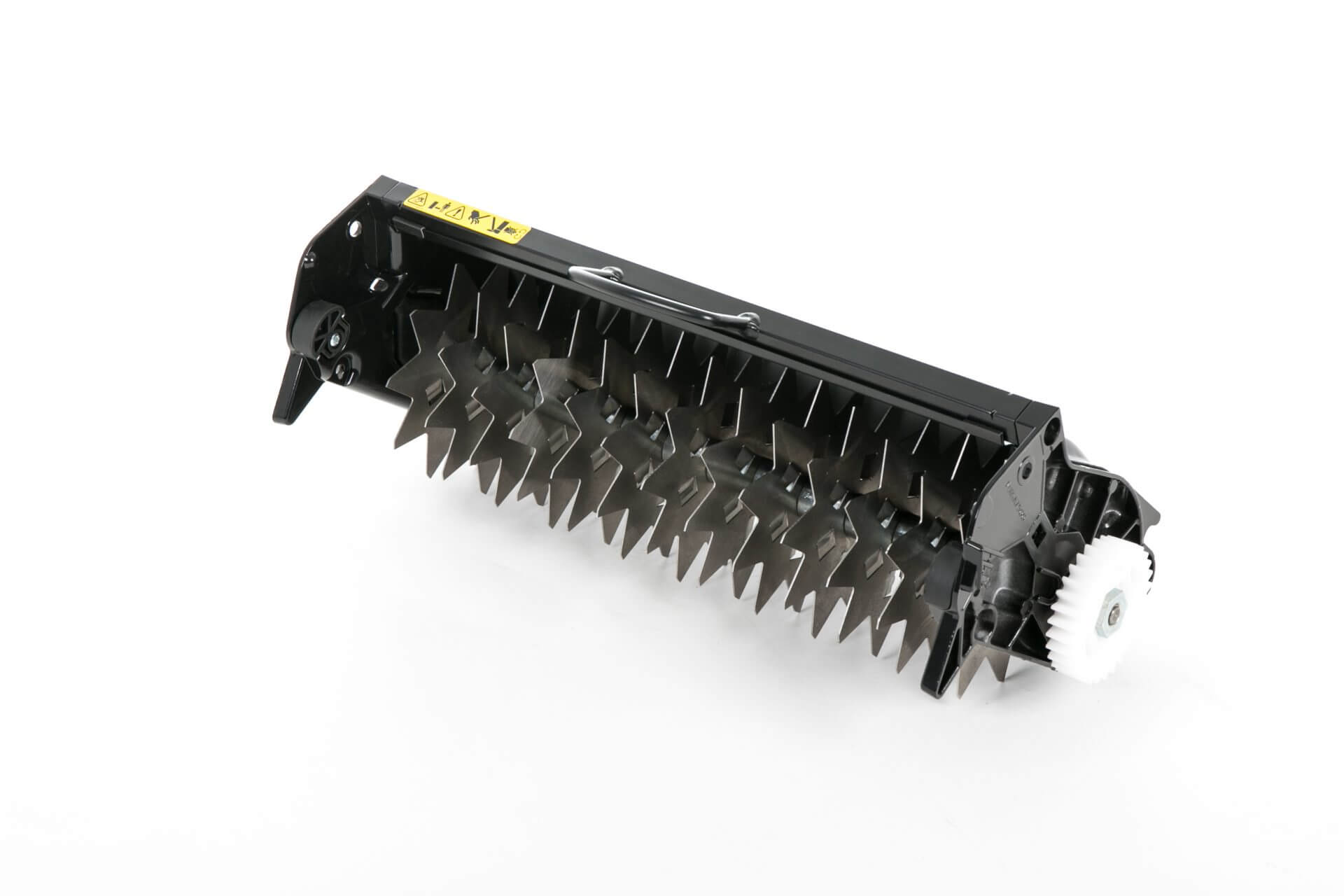The Ultimate Guide To Tillers: How To Choose The Right Tiller For Your Garden
Introduction
A tiller is a gardening tool that is used to break up and loosen the soil. This can be helpful for a variety of reasons, such as preparing the soil for planting, incorporating compost or other amendments, and killing weeds.
There are many different types of tillers available on the market, so it can be difficult to know which one is right for you. In this blog post, we will discuss the different factors you need to consider when choosing a tiller, and we will provide some tips on how to find the best tiller for your needs.
What to Consider When Choosing a Tiller
There are a number of factors you need to consider when choosing a tiller, including:
- The size of your garden: If you have a small garden, you will need a smaller tiller. If you have a larger garden, you will need a larger tiller.
- The type of soil you have: If you have hard, compacted soil, you will need a tiller with more power. If you have sandy soil, you will need a tiller with less power.
- The type of work you will be doing with the tiller: If you will be using the tiller for heavy-duty tasks, such as turning over sod, you will need a tiller with more power. If you will be using the tiller for light-duty tasks, such as weeding, you will need a tiller with less power.
- Your budget: Tillers range in price from a few hundred dollars to a few thousand dollars. It is important to set a budget before you start shopping so that you do not overspend.
Types of Tillers
There are three main types of tillers:
- Front-tine tillers: These tillers have tines that are located in front of the wheels. They are good for light-duty tasks, such as weeding and cultivating.
- Rear-tine tillers: These tillers have tines that are located behind the wheels. They are good for heavy-duty tasks, such as turning over sod and tilling up hard soil.
- Walk-behind tillers: These tillers are powered by a person walking behind them. They are the most common type of tiller.
- Self-propelled tillers: These tillers are powered by a motor, and they do not require a person to walk behind them. They are more expensive than walk-behind tillers, but they are also more powerful.
Tips for Choosing a Tiller
- Read reviews: Before you buy a tiller, read reviews from other users. This will give you a good idea of the pros and cons of different tillers.
- Consider the warranty: Many tillers come with a warranty. This will protect you in case the tiller breaks down.
- Buy from a reputable dealer: When you buy a tiller, make sure you buy it from a reputable dealer. This will ensure that you get a quality product and that you will be able to get help if you need it.
Conclusion
Choosing the right tiller for your needs can be a daunting task. However, by considering the factors we have discussed in this blog post, you can make the right decision for your garden.
If you are interested in learning more about tillers, I recommend visiting the website Home Gardening. This website has a wealth of information about tillers, including different types of tillers, how to choose a tiller, and how to use a tiller.
FAQ of tillers
- What are tillers used for?
Tillers are used to break up soil, loosen compacted soil, and mix in organic matter. They are a valuable tool for preparing soil for planting, as well as for weeding and aerating.
- What are the different types of tillers?
There are two main types of tillers: walk-behind tillers and gas-powered tillers. Walk-behind tillers are smaller and lighter, making them easier to maneuver in small gardens. Gas-powered tillers are larger and more powerful, making them better suited for larger gardens or for tilling hard soil.
- How do I choose the right tiller for my needs?
When choosing a tiller, you will need to consider the size of your garden, the type of soil you have, and your budget. If you have a small garden, a walk-behind tiller will be sufficient. If you have a large garden or hard soil, a gas-powered tiller will be a better choice.
- How do I use a tiller?
To use a tiller, you will need to attach the tiller to a power source (either an electric cord or a gas tank). Once the tiller is attached, you can start it up and begin tilling. Be sure to till in the same direction each time, and to till to a depth of 6-8 inches.
- What are the benefits of using a tiller?
There are many benefits to using a tiller, including:
* Increased air circulation in the soil, which can help to improve drainage and reduce the risk of pests and diseases.
* Improved water infiltration, which can help plants to get the water they need.
* Reduced compaction, which can make it easier for plants to root and grow.
* Break up clods of soil, which can make it easier to plant and weed.
* Mix in organic matter, which can improve the fertility of the soil.
- What are the risks of using a tiller?
There are a few risks associated with using a tiller, including:
* Injury from the tiller's blades.
* Damage to plants or roots.
* Soil erosion.
* Compaction of the soil.
- How do I care for my tiller?
To care for your tiller, you will need to:
* Keep the tiller clean and free of debris.
* Lubricate the tiller's moving parts.
* Store the tiller in a dry place.
Image of tillers
This type of tiller has tines that point forward, and it is typically used for breaking up hard soil or for creating new beds.
This type of tiller has tines that point backwards, and it is typically used for cultivating soil that has already been tilled.
This type of tiller is powered by the user, and it is typically used for small gardens.
This type of tiller is powered by a gas engine, and it is typically used for larger gardens or for commercial applications.
This type of tiller is powered by an electric motor, and it is a good option for people who want a quiet and emission-free tiller.
This type of tiller is a small, handheld tiller that is typically used for weeding or for cultivating small areas.
This type of tiller has a rotating drum with tines that churn up the soil. It is typically used for breaking up hard soil or for creating new beds.
This type of tiller has long, pointed tines that penetrate the soil deeply. It is typically used for breaking up compacted soil or for aerating the soil.
This type of tiller has vertical blades that cut through the soil. It is typically used for aerating the soil or for removing thatch.
This type of tiller is used to spread fertilizer evenly over the soil. It can be attached to a walk-behind tiller or to a tractor.







Post a Comment for "The Ultimate Guide To Tillers: How To Choose The Right Tiller For Your Garden"